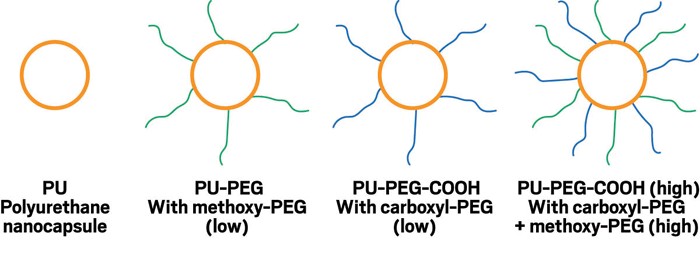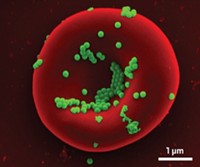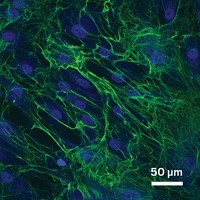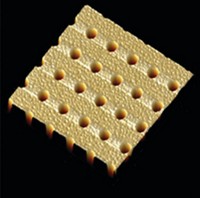Advertisement
Grab your lab coat. Let's get started
Welcome!
Welcome!
Create an account below to get 6 C&EN articles per month, receive newsletters and more - all free.
It seems this is your first time logging in online. Please enter the following information to continue.
As an ACS member you automatically get access to this site. All we need is few more details to create your reading experience.
Not you? Sign in with a different account.
Not you? Sign in with a different account.
ERROR 1
ERROR 1
ERROR 2
ERROR 2
ERROR 2
ERROR 2
ERROR 2
Password and Confirm password must match.
If you have an ACS member number, please enter it here so we can link this account to your membership. (optional)
ERROR 2
ACS values your privacy. By submitting your information, you are gaining access to C&EN and subscribing to our weekly newsletter. We use the information you provide to make your reading experience better, and we will never sell your data to third party members.
ACS Meeting News
Nanoparticles could stanch internal bleeding
Polyurethane particles with added polyethylene glycol promote clotting in early animal trials
by Neil Savage, special to C&EN
August 21, 2023

Trauma is the leading cause of death in the US for people 45 and under, according to the American Association for the Surgery of Trauma, and main reason for that is blood loss. Erin Lavik, a professor of chemical, biomedical, and environmental engineering at the University of Maryland, Baltimore County, is developing a nanoparticle-based treatment to promote blood clotting.
“There’s no good treatment for internal bleeding,” Lavik told a session at ACS Fall 2023 on Tuesday, Aug. 15. She and her students are trying to develop one that uses polyurethane nanoparticles with polyethylene glycol (PEG) side chains attached.
Lavik had spent several years developing so-called hemostatic nanoparticles made of a degradable polyester, polylactic-co-glycolic acid, with PEG, but when tested in pigs these particles often caused an immune response (Nano Lett. 2021, DOI: 10.1021/acs.nanolett.1c02746). Meanwhile, her lab was developing polyurethane nanocapsules to deliver drugs to the eyes of people with age-related macular degeneration, a leading cause of blindness. They noticed that the capsules were sealing damaged blood vessels and decided to adapt them for blood clotting by adding either methoxy-PEG or carboxyl-PEG, or both.
The researchers found that the particles need to be between 250 and 350 nm in diameter—any smaller, and they can decrease coagulation; larger, they start to accumulate in blood vessels. One question that they don’t yet have enough data to answer is whether the particles could cause too much clotting, which can also be deadly. Tests in two pigs showed the nanoparticles were successful at reducing bleeding with no immune reaction. Lavik says she has her fingers crossed that further testing will show positive results, which could then lead to human trials.





Join the conversation
Contact the reporter
Submit a Letter to the Editor for publication
Engage with us on Twitter